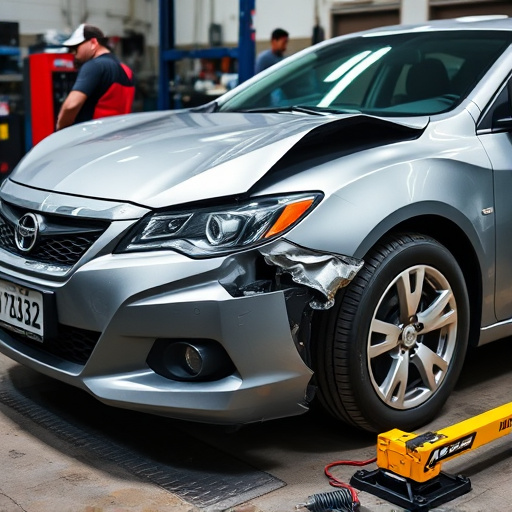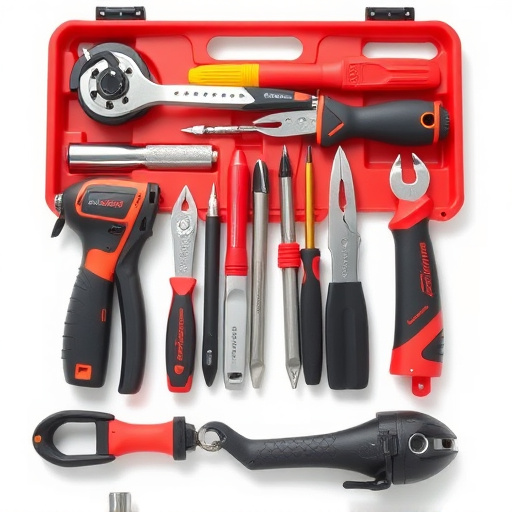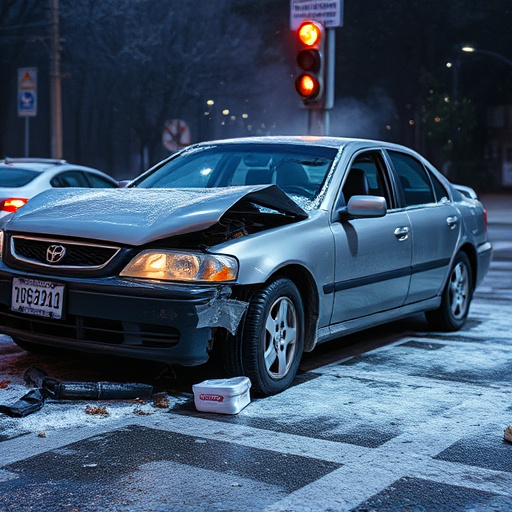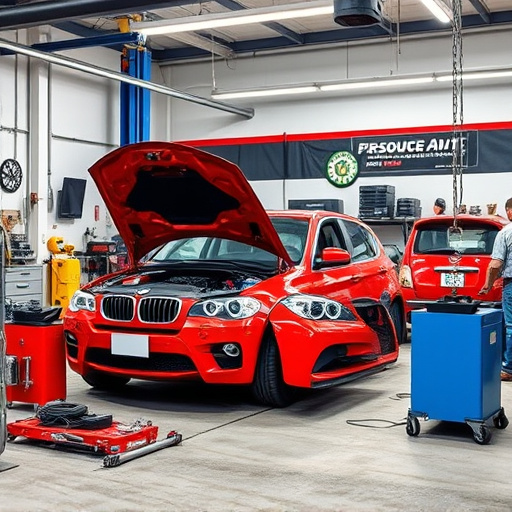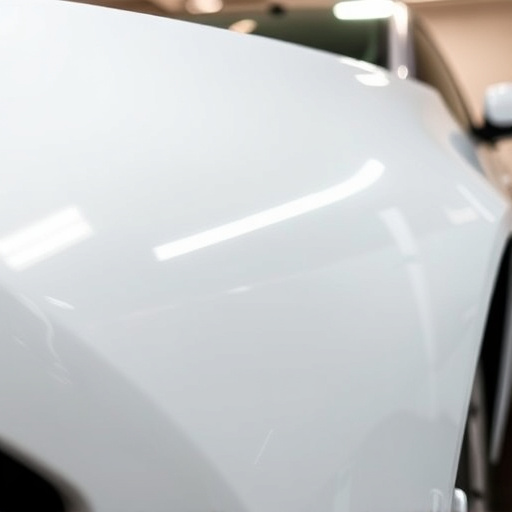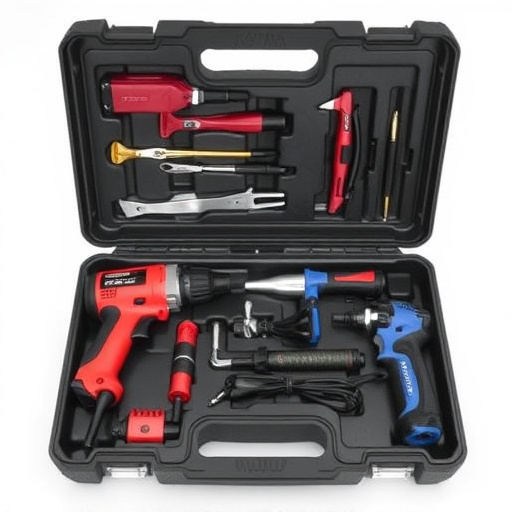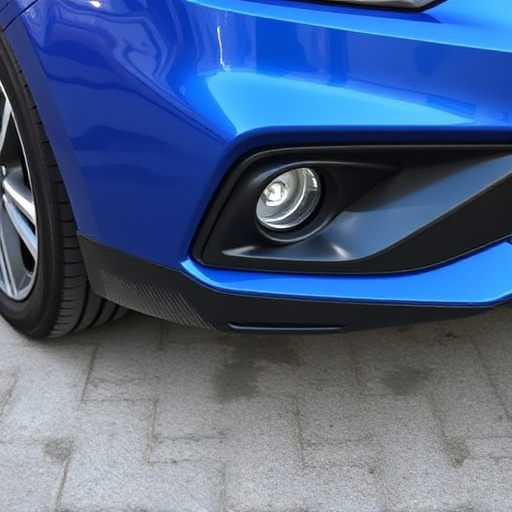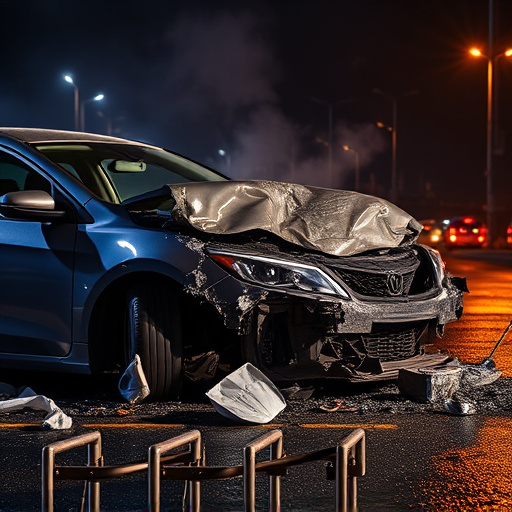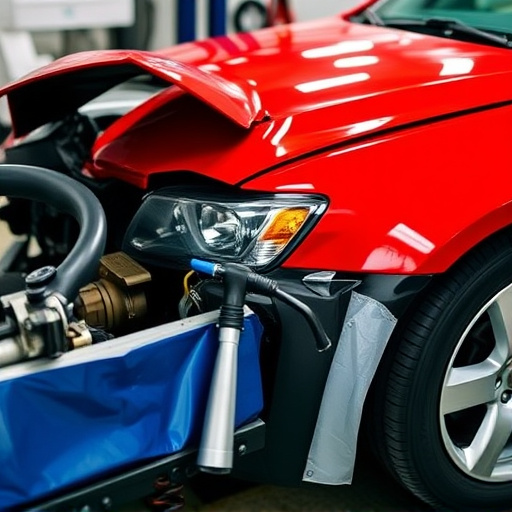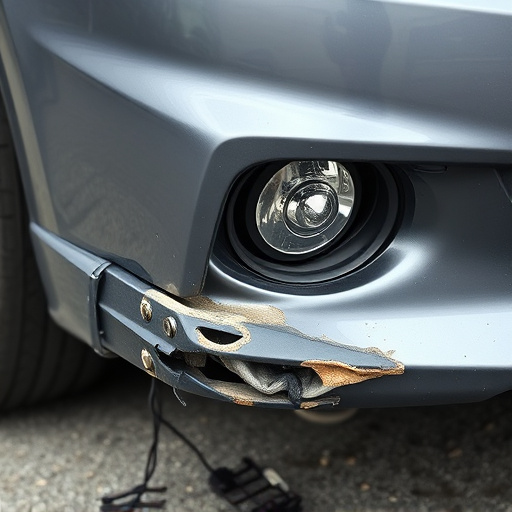Leather and faux leather in Tesla cars are susceptible to UV damage, scratches, stains, and peeling, impacting aesthetics. Professional repair for severe cases is recommended using specialized tools like screwdrivers, adhesives, and alcohol. A simple process involves cleaning, sanding, touching up color, and buffing to restore the luxury interior's appeal and value. Early intervention through regular maintenance preserves Tesla's new-car look.
“Experience a seamless ride with your Tesla by mastering the art of leather or faux leather interior trim repair. This comprehensive guide delves into the common causes and various types of damage, empowering owners to address issues promptly. Learn about essential tools and materials required for an effective fix.
From identifying surface scratches to repairing more extensive tears, our step-by-step process ensures your Tesla retains its luxury appeal. Take control of your vehicle’s aesthetics and discover how easy it is to restore your interior trim.”
- Understanding Tesla Leather Damage: Common Causes and Types
- Tools and Materials for Effective Interior Trim Repair
- Step-by-Step Guide to Restoring Your Tesla's Luxury Look
Understanding Tesla Leather Damage: Common Causes and Types
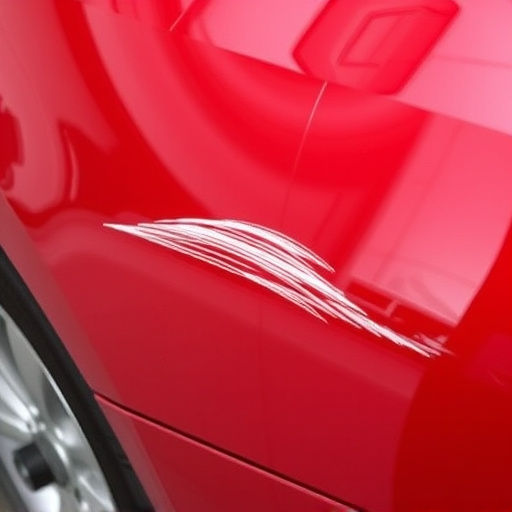
Leather and faux leather interiors are a significant feature in Tesla vehicles, adding both luxury and modern aesthetic appeal. However, over time, these materials can suffer from various types of damage due to several common causes. Understanding these issues is essential for anyone looking into Tesla interior trim repair.
The most frequent causes include exposure to UV rays, which can lead to cracking and fading, especially in areas directly struck by sunlight. Scratches and scuffs are another prevalent issue, often caused by routine use, pet nails, or accidental bumps. Moreover, spills and liquid damage can result in discolouration and, if not treated promptly, permanent stains. Some types of leather may also be more susceptible to peeling or flaking over time, requiring professional restoration services for an effective Tesla interior trim repair.
Tools and Materials for Effective Interior Trim Repair
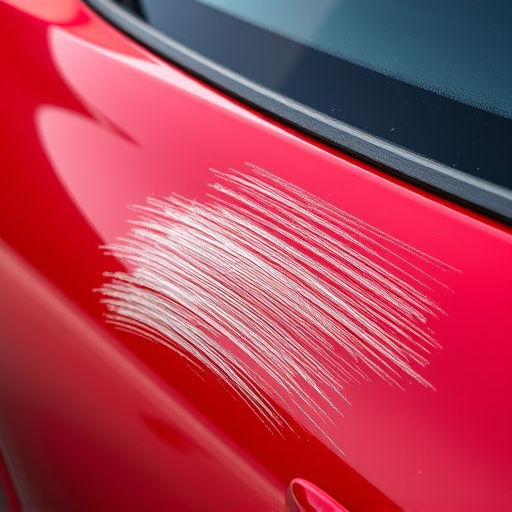
When undertaking Tesla interior trim repair for leather or faux leather damage, having the right tools and materials is paramount to achieving a professional result. This includes a variety of specialized items designed for precision work on automotive interiors. For instance, small, fine-tipped screwdrivers and picks are essential for disassembling and manipulating components without causing further harm. Additionally, a good quality adhesive suitable for both leather and synthetic fabrics will be required to patch and secure damaged areas.
Other useful tools include isopropyl alcohol for cleaning the affected area and preparing the surface, as well as microfibers for polishing and buffing. A collision repair shop or auto body shop stocked with these essentials can greatly facilitate efficient Tesla interior trim repair, ensuring your vehicle’s aesthetic appeal and value are maintained.
Step-by-Step Guide to Restoring Your Tesla's Luxury Look
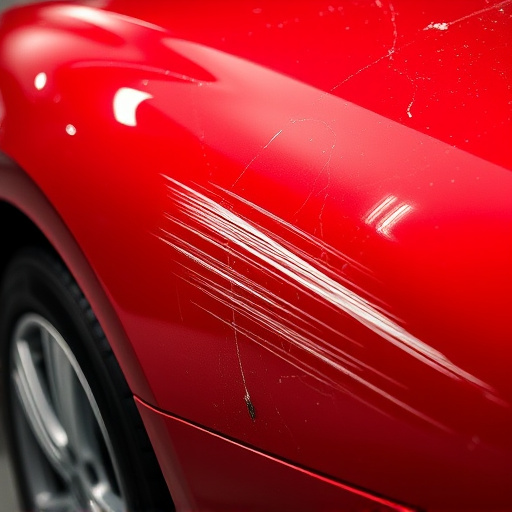
Restoring your Tesla’s luxury look doesn’t have to be a daunting task. Here’s a step-by-step guide for tackling common interior trim damage, from scuffs and scratches on leather or faux leather surfaces to discolored or faded elements.
First, gather all necessary tools and materials: a gentle cleaner suitable for the material, a microfiber cloth, touch-up pens for matching your Tesla’s color, and a fine-grit sandpaper (if major repairs are needed). Start by cleaning the damaged area thoroughly to remove any dirt or debris. For leather, use a specialized leather cleaner; for faux leather, opt for a mild detergent. After drying completely, lightly sand rough spots if necessary, taking care not to scrape too deeply. Next, apply your chosen color touch-up using small, precise strokes, blending well into the surrounding trim. Finally, buff to a smooth finish with a fresh microfiber cloth. With some patience and attention to detail, you can revive your Tesla’s interior and extend its luxurious feel for years to come, just like a classic car restoration on a smaller scale. Remember, early intervention is key to minimizing damage and maintaining that new-car look.
Repairing your Tesla’s interior trim damage, whether it’s leather or faux leather, is a feasible DIY project with the right tools and knowledge. By understanding common causes of degradation and following a structured guide, you can effectively restore your vehicle’s luxury look. With dedicated care and attention to detail, you’ll not only enhance your Tesla’s aesthetics but also prolong its interior longevity. Remember, when it comes to Tesla interior trim repair, knowledge is power, and prompt action can make all the difference.
